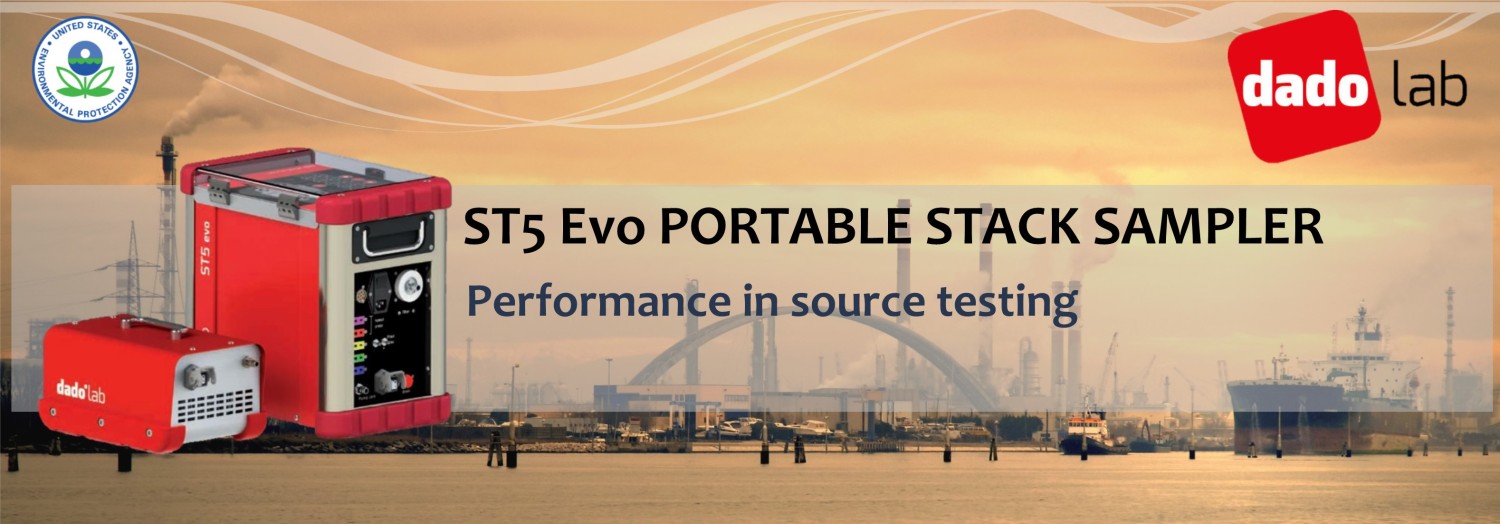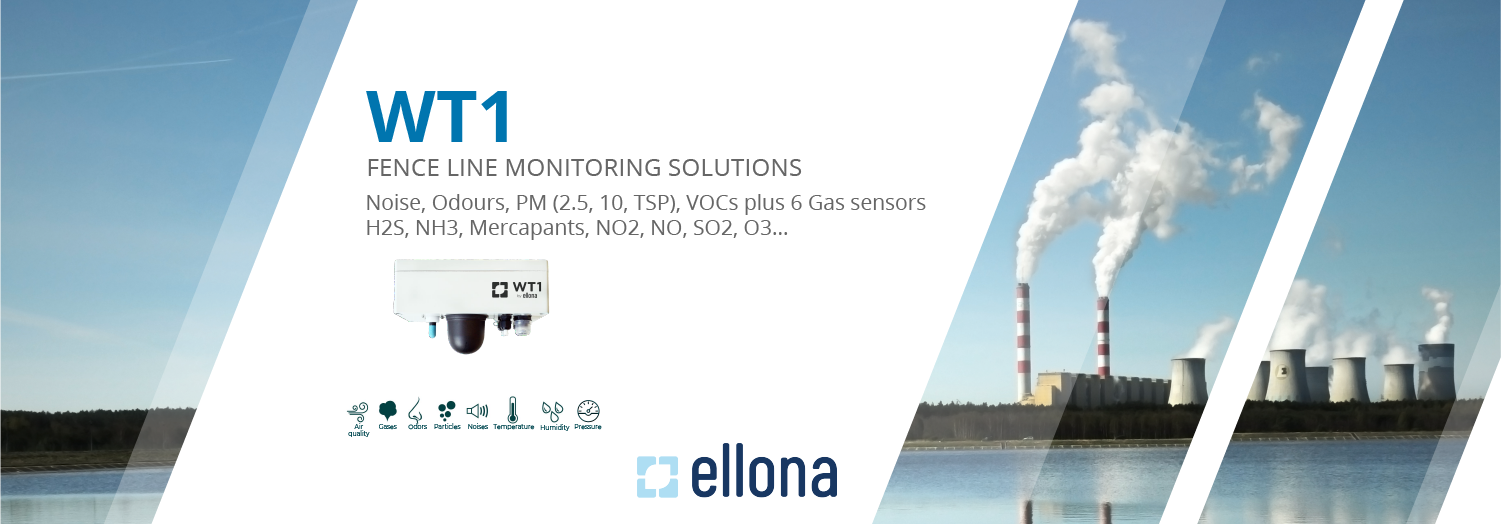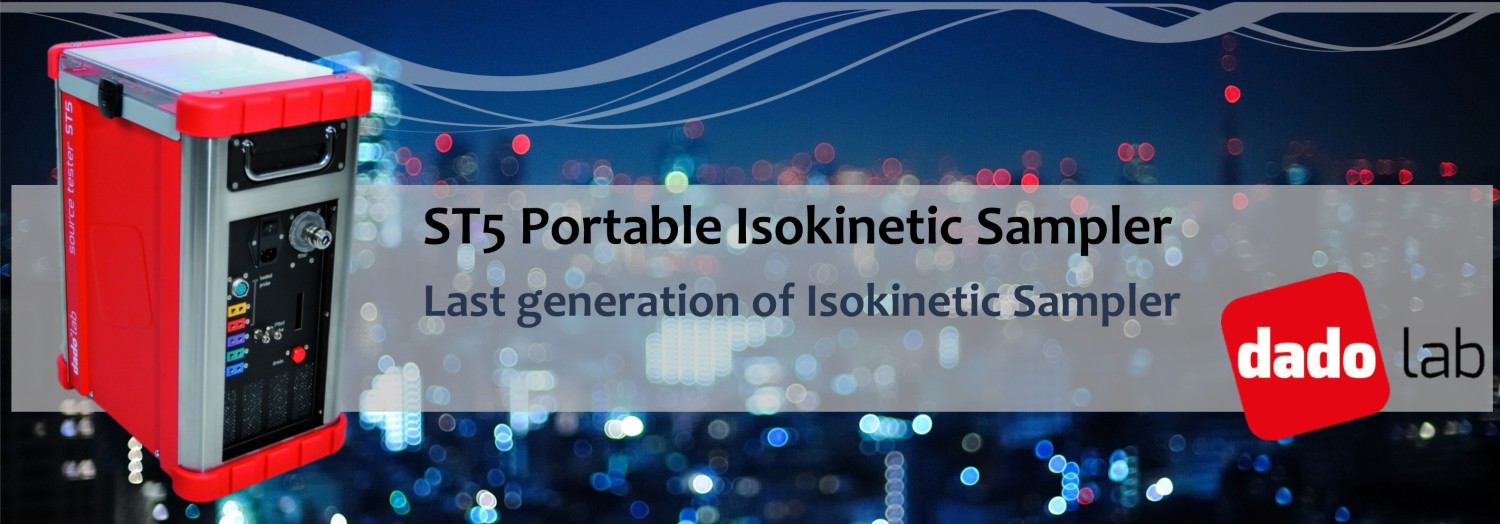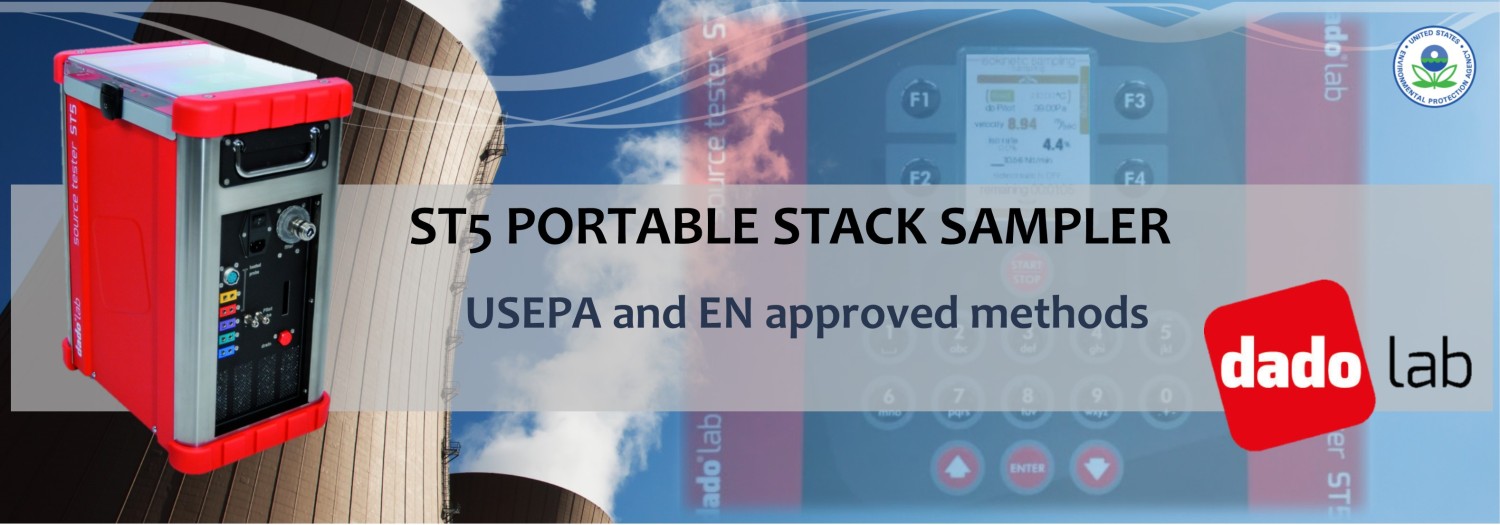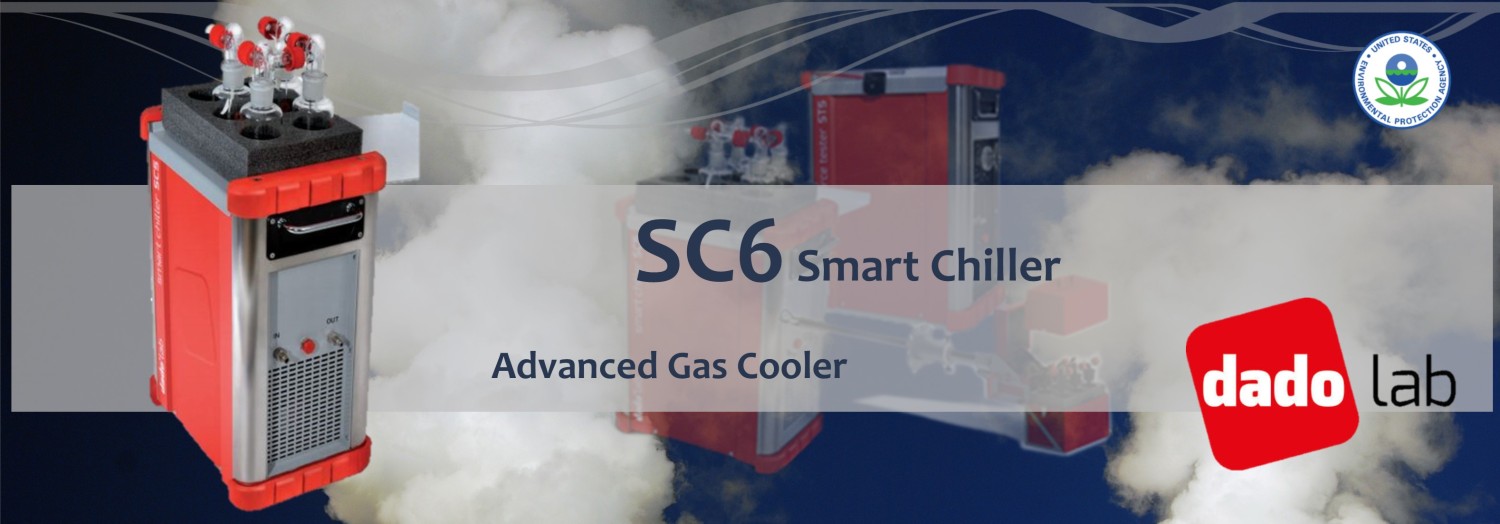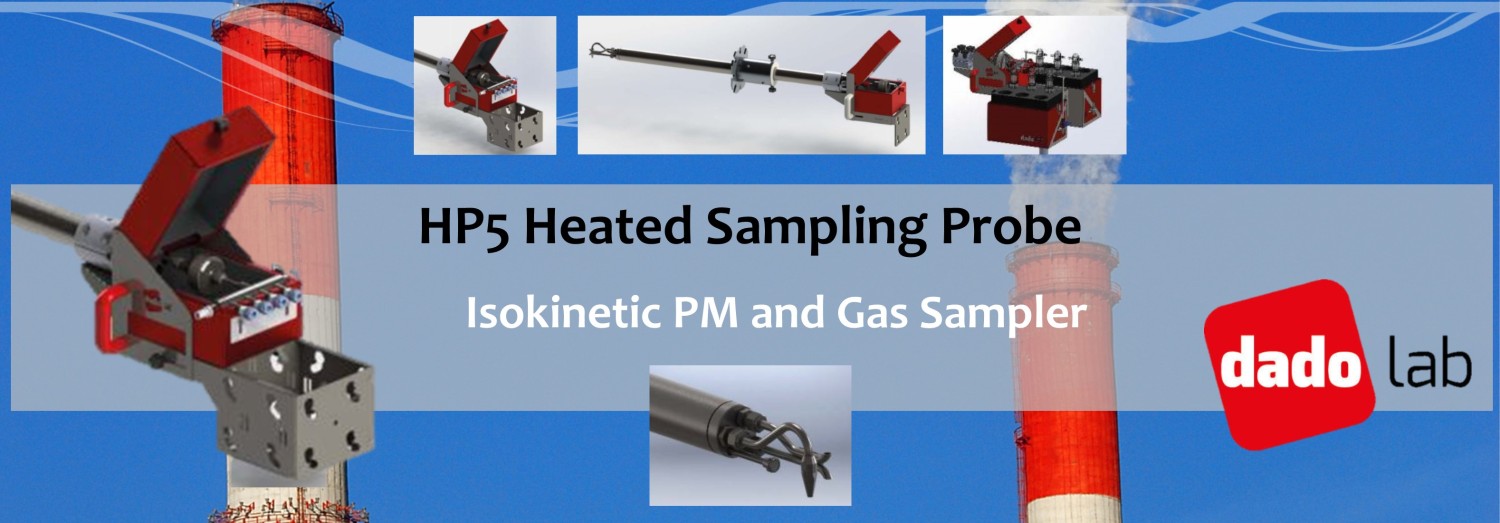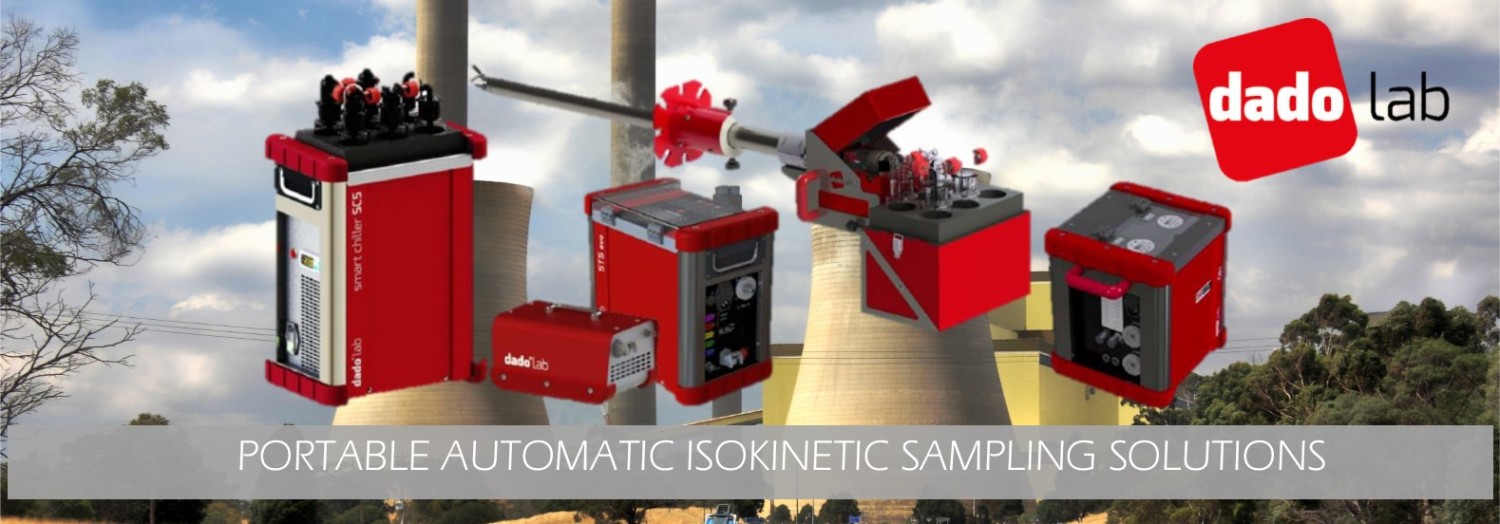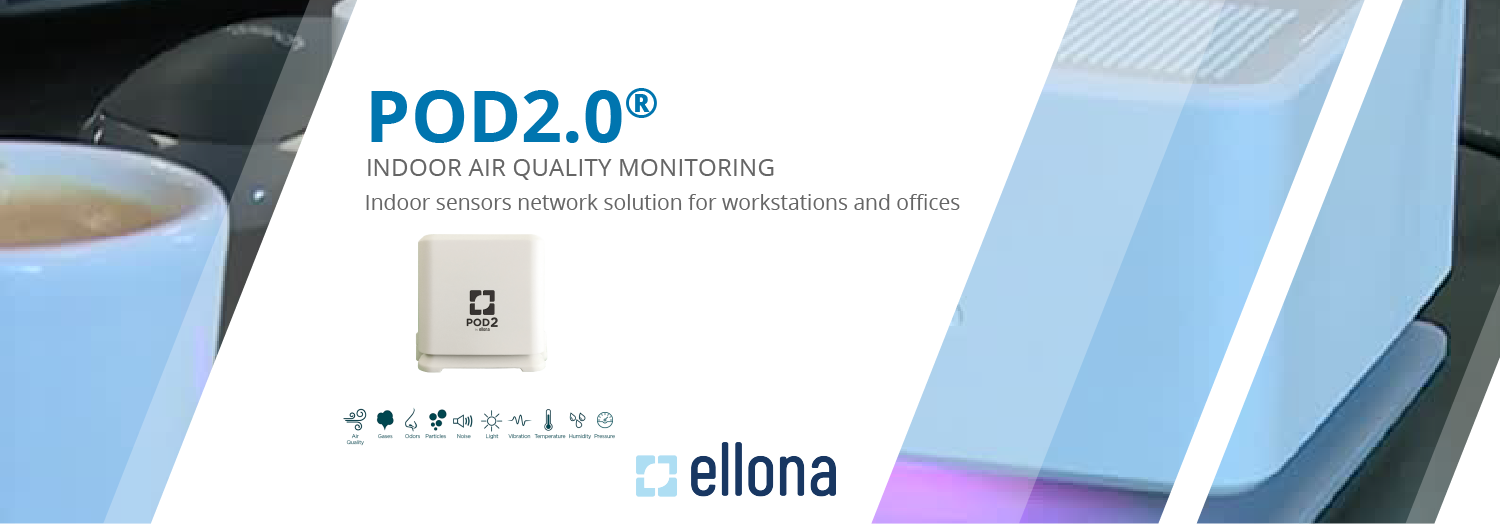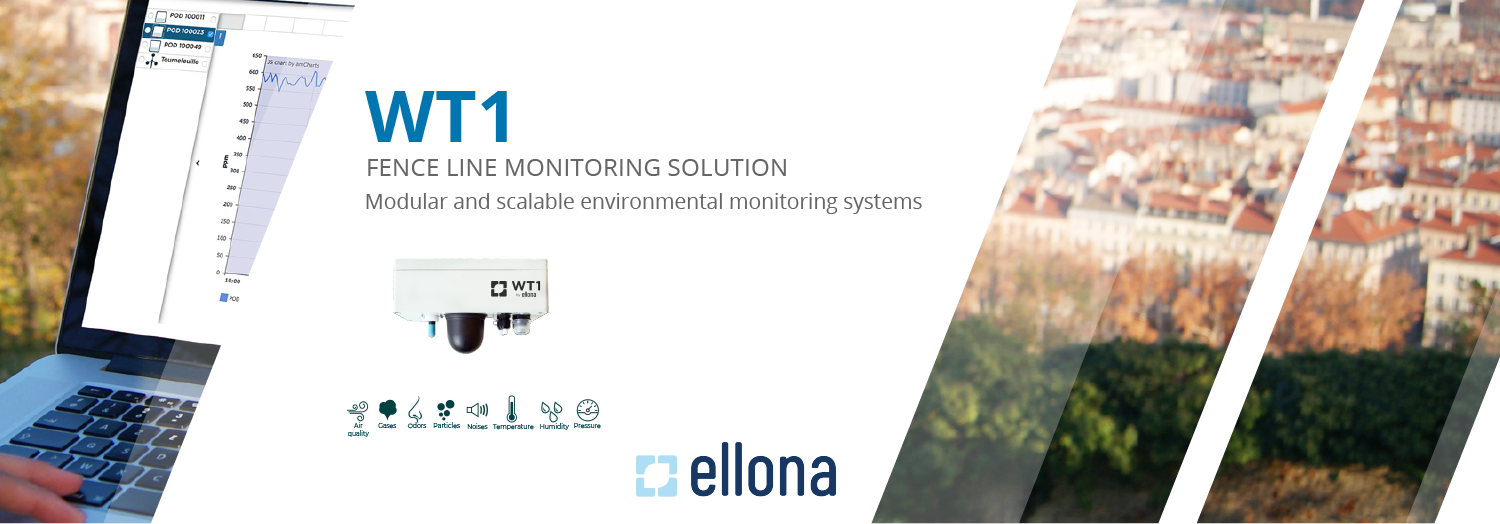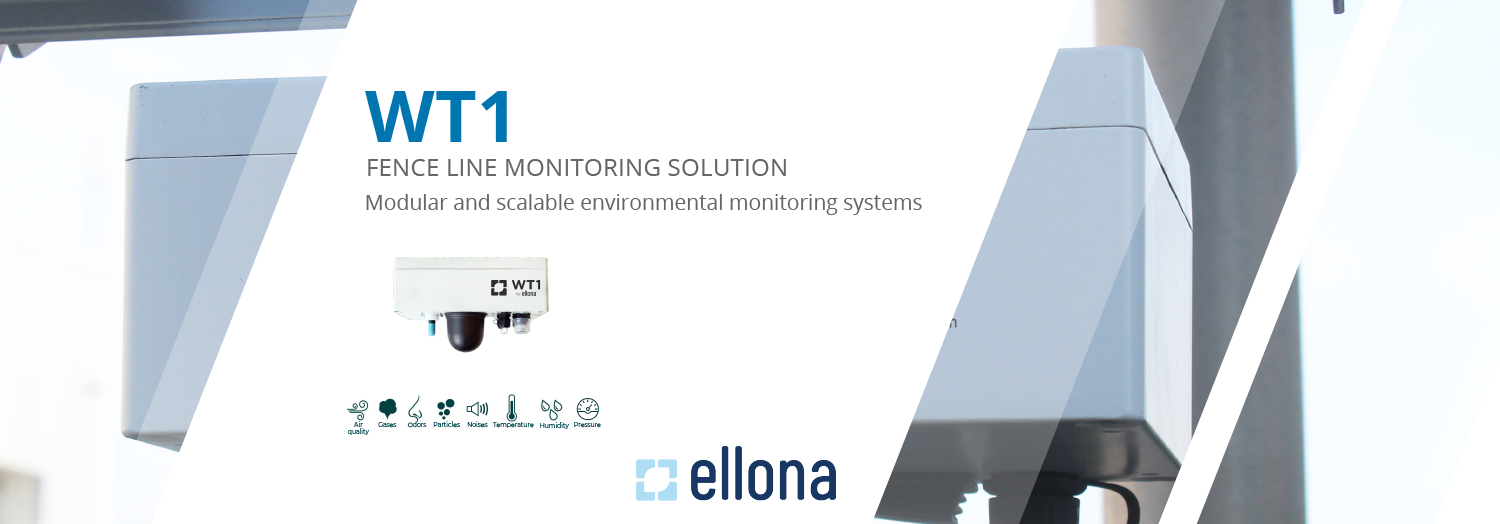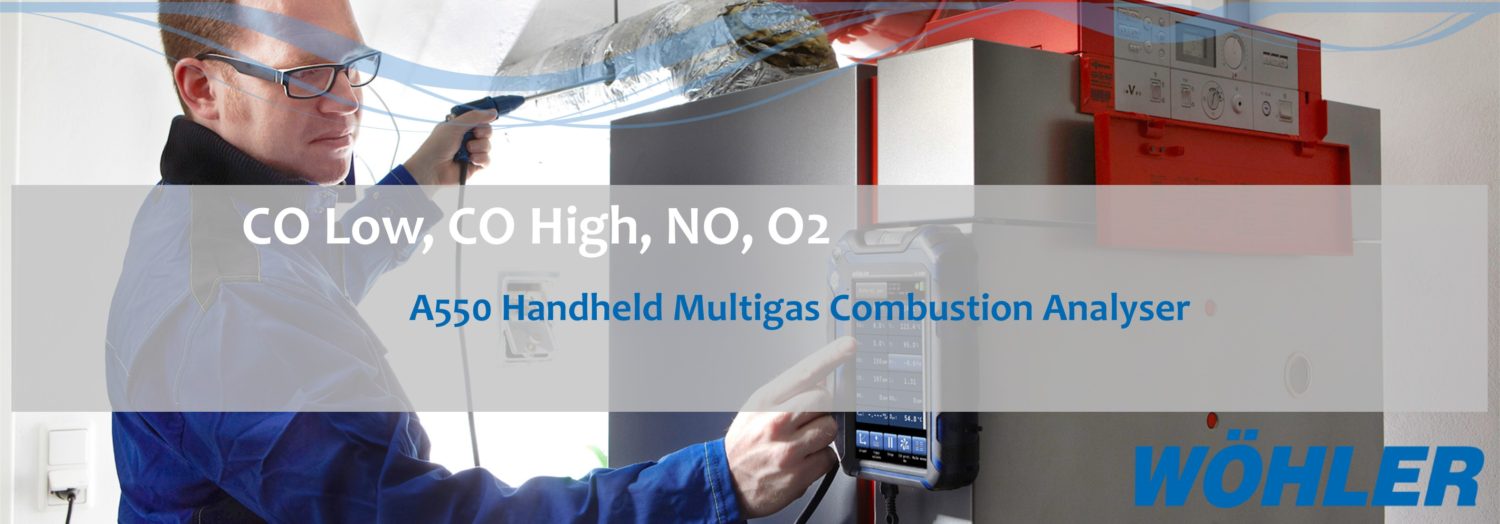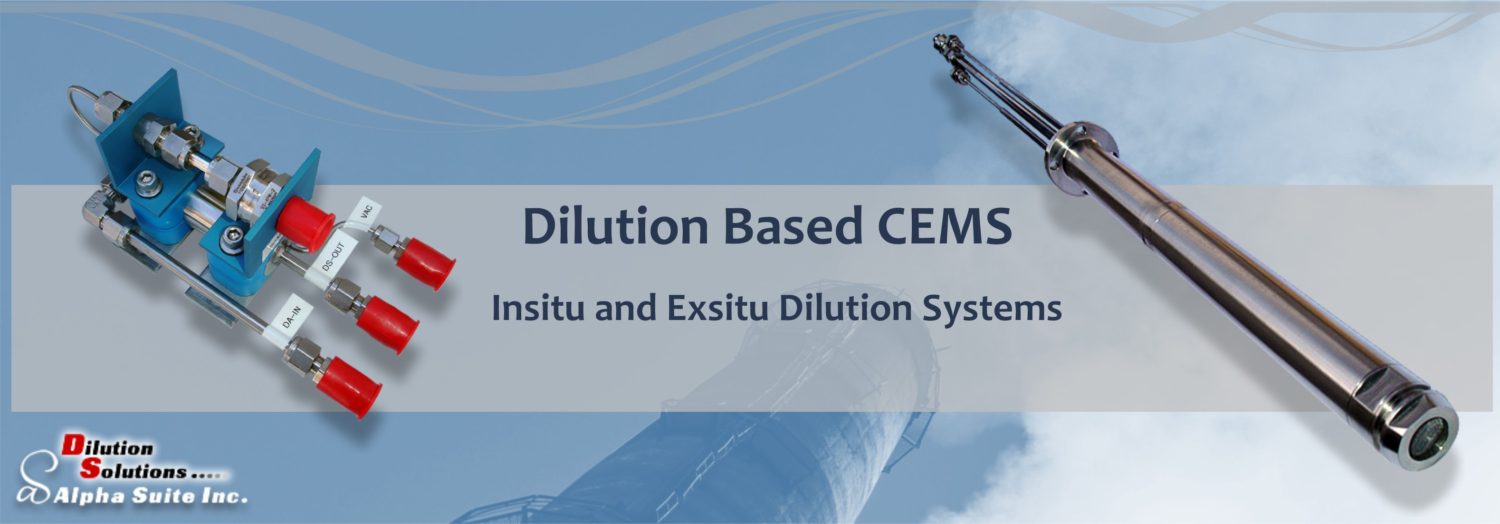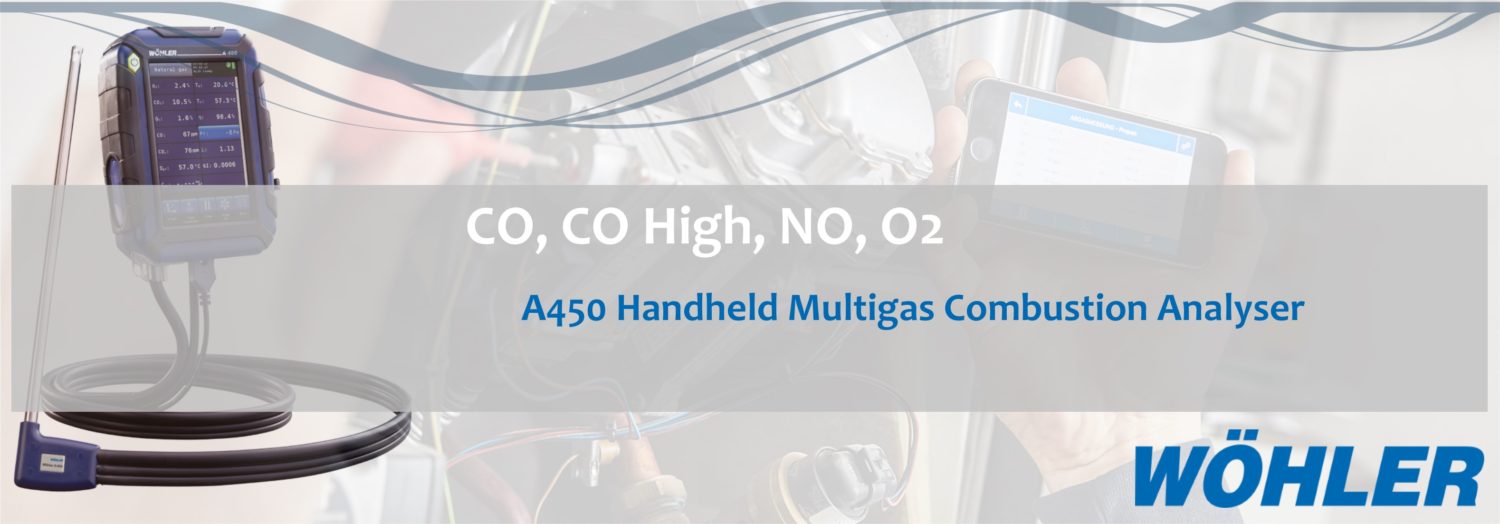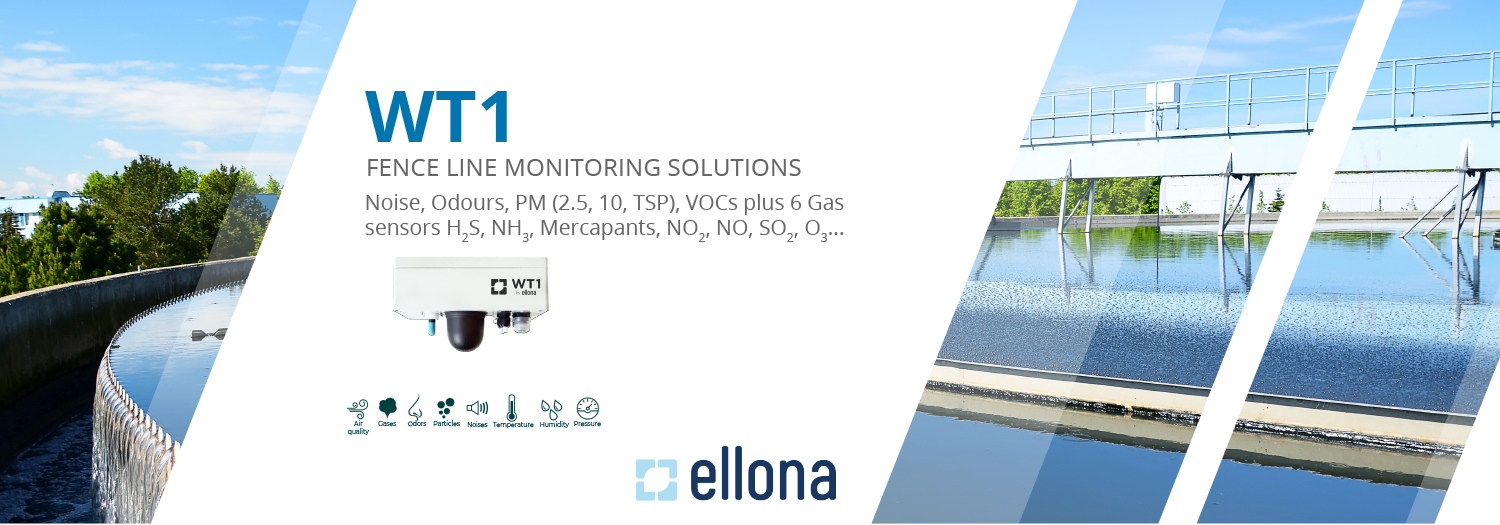The sampling probes are expertly crafted, incorporating a blend of experience, knowledge, and feedback from valued customers. The aim is to provide technicians with easy-to-use tools that minimize the common problems encountered during stack sampling operations.
CP2
Compact probe | Sampling probes
The CP2 is a practical and compact probe solution for flue gas velocity and flowrate determinations. Crafted entirely from AISI316 steel, it can withstand temperatures of up to 600°C.
Featuring an unique design, the CP2 boasts a clamps-free slide and lock device, enabling the probe to rotate freely around its axis. This is essential for determining the swirl angle making it effortless to operate with just two fingers.
The CP2‘s standard configuration includes a type “S” Pitot tube and a standard thermocouple type K as per ITS1990. This setup enables the execution of velocity profiles and flow determinations. Additionally, the CP2 is equipped with a quick coupling system to connect to the ST2 speed and flow meter, which, thanks to the ST2’s integrated inclinometer, allows for swirl angle determinations.
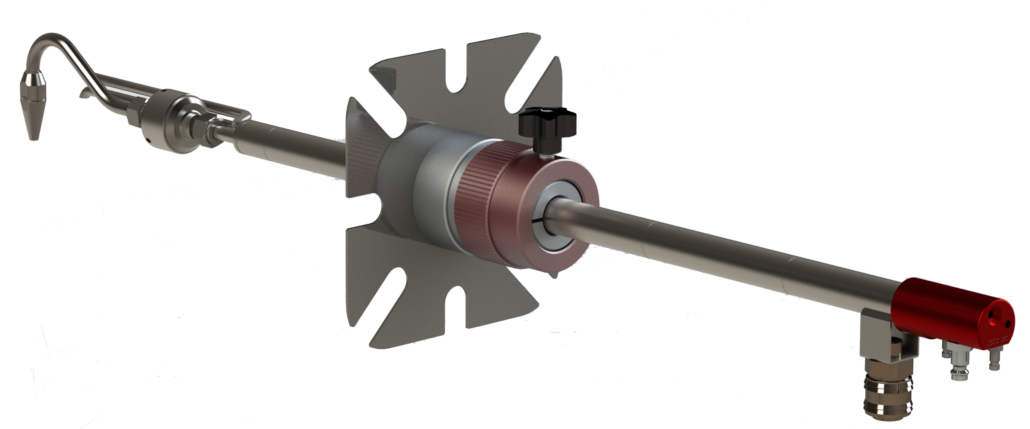
Meets and exceeds the requirements of EN16911-1 and CEN/TR17078:2018:
-
- PM10 and PM2.5 (ISO23210 VDI2066/10)
- HCl (EN1911, EPA50, EPA51)
- Dust (EN 13 284-1 and EPA5)
- Heavy metals (EN14385 and EPA 60)
- Insitu Velocity and Flow rate determination in accordance with EN 16911-1 and EN 15259
MAIN FEATURES
| Compact and functional design | Made entirely from AISI316 steel, making it highly durable and able to withstand temperatures of up to 600°C |
| Clamps-free slide and lock device, enabling the probe to rotate freely around its axis for determining the swirl angle with ease | Easy to move with just two fingers due to its unique design |
| Basic configuration includes a type “S” Pitot tube and a standard thermocouple type K | Equipped with a quick coupling system to connect to the ST2 speed and flow meter |
CP5
Isokinetic probe | Sampling probes
The CP5 is an updated version of the classic non-heated sampling probe used for isokinetic sampling of particulate matter in stack emission applications.
The CP5’s design and construction philosophy aligns with that of the HP5, making it easy and practical to use on stacks. Made entirely of AISI316 steel, this probe comes complete with an AISI316 inner tube, thermocouple, and Pitot Type “S” terminal.
Thanks to its unique design and absence of external parts, the CP5 can rotate on its axis for swirl angle evaluation. Additionally, the removable Pitot terminal and retractable thermocouple tip help prevent damage to these delicate components during transportation. All internal tubes are easily replaceable to facilitate maintenance.
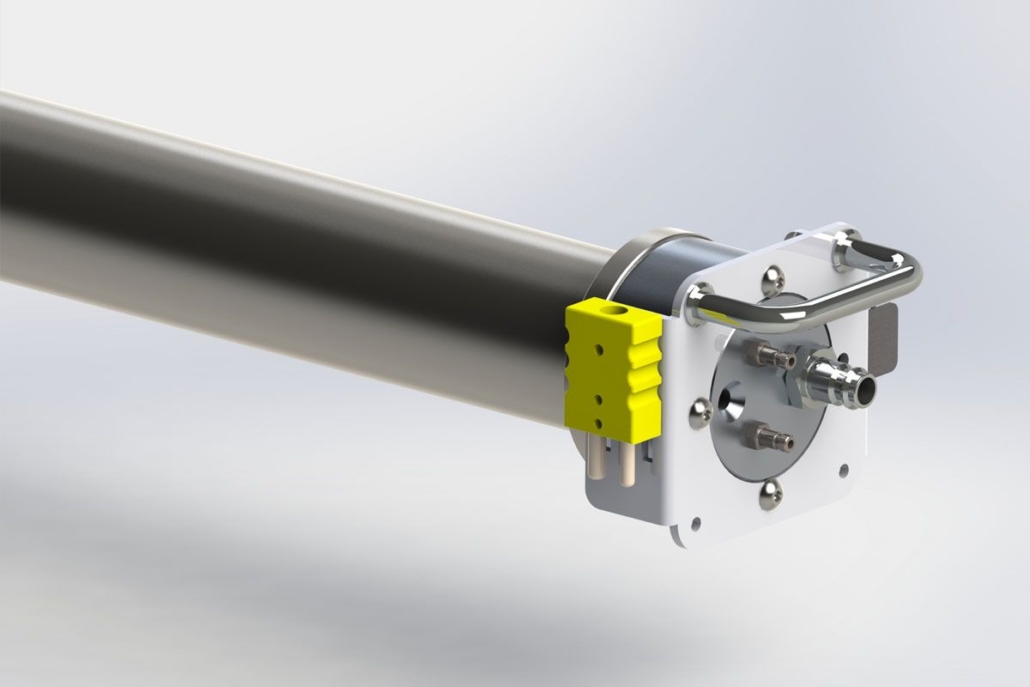
Meets and exceeds the requirements of EN16911-1, EN13284-1 and EN15259:
-
- PM10 and PM2.5 (ISO23210 VDI2066/10)
- HCl (EN1911, EPA50, EPA51)
- Dust (EN 13 284-1 and EPA5)
- Heavy metals (EN14385 and EPA 60)
- Insitu Velocity and Flow rate determination in accordance with EN 16911-1 and EN 15259
MAIN FEATURES
| Updated design of the classic non-heated sampling probe | Made entirely of AISI316 steel for maximum durability making it suitable for use in temperatures up to 600°C |
| Includes an AISI316 inner tube, thermocouple, and Pitot Type “S” terminal | Unique design and absence of external parts allow the probe to rotate on its axis for swirl angle evaluation |
| Removable Pitot terminal and retractable thermocouple tip help prevent damage during transportation | All internal tubes are easily replaceable, making maintenance simple and hassle-free |
| Compatible with standard isokinetic sampling equipment | Comes in various diameters to fit different stack sizes |
HP1
VOCs Probe | Sampling Probes
The HP1 probe represents a step forward from the previous MDG Probe, designed to function in conjunction with FID instruments. The HP1 is more compact, lightweight, and user-friendly than its predecessor.
The HP1 probe is offered in four variants:
HP1-1W, with one outlet for a heated line
HP1-1WT, the same as above, but with thermoregulation
HP1-2W, with two outlets for two heated lines
HP1-2WT, the same as above, but with thermoregulation
The 2W version enables two analyzers or two sampling lines to be connected concurrently.
The HP1 probe is equipped with 220V self-regulating elements built-in, with a set-point of 180°C +/- 15° hysteresis. The thermoregulated version facilitates connection to a heated tube, and the temperature can be set on the thermoregulation unit.
An LED indicator notifies when the temperature set-point is reached.
The connections are Swagelok and made of steel with a diameter of 6mm or 8 mm upon request, carefully selected to endure long and sustained heat exposure.
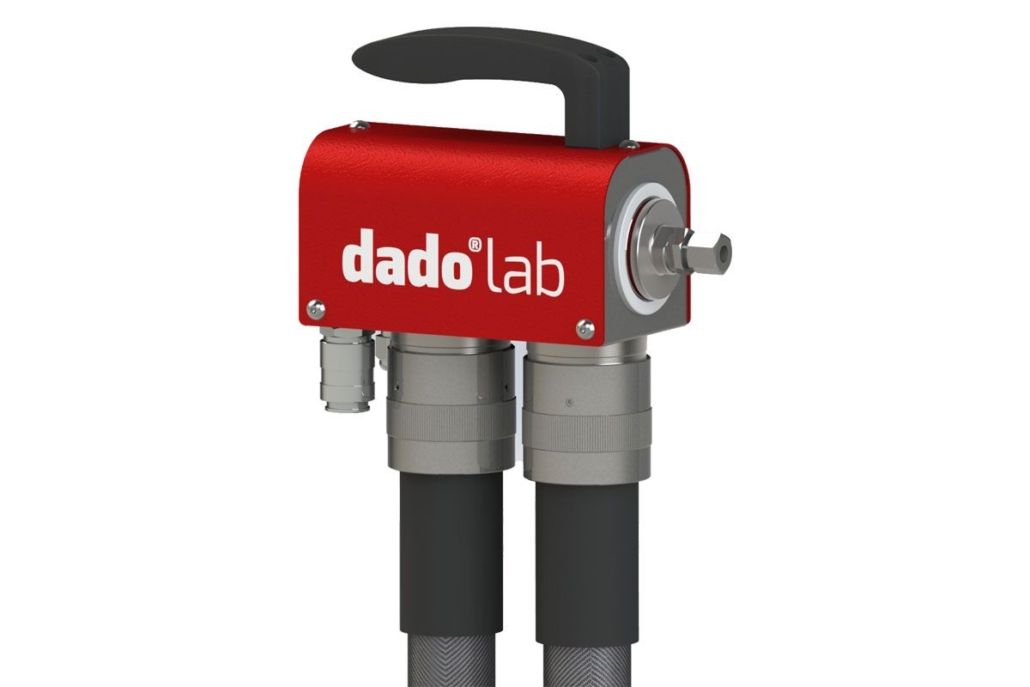
Meets and exceeds the requirements of EN 12619, dilution samplers or automatic measuring systems:
-
- PM10 and PM2.5 (ISO23210 VDI2066/10)
- HCl (EN1911, EPA50, EPA51)
- Dust (EN 13 284-1 and EPA5)
- Heavy metals (EN14385 and EPA 60)
- Insitu Velocity and Flow rate determination in accordance with EN 16911-1 and EN 15259
MAIN FEATURES
| Compatibility: The HP1 probe is designed to work with FID instruments in accordance with EN 12619, dilution samplers, or automatic measuring systems. | Compact Design: The HP1 is smaller and lighter than its predecessor, making it more practical and easier to use. |
| Multiple Versions: The HP1 is available in four versions, with different configurations of outlets and thermoregulation. | Heating Elements: The probe is equipped with 220V self-regulating heating elements with a set-point of 180°C +/- 15° hysteresis. |
| LED Indicator: The probe features an LED indicator that signals when the temperature set-point is reached. | Swagelok Connections: The connections are made with Swagelok fittings, available in steel with a diameter of 6mm or 8mm. |
| Durability: The connections and materials are specifically selected to resist long and continuous heat stress. | Versatility: The 2W version allows for the connection of two analyzers or two sampling lines simultaneously. |
HP5
PM and Micro-pollutants sampling probe | Sampling Probes
The HP5 is a rugged and quick to setup, heated sampling probe enabling determination of chemical compounds concentrations in both suspended solids and gas phase.
Thanks to its unique and modular design, the HP5 can be combined with a wide range of stack testing devices and complies with EN and USEPA standards. As required for the swirl angle calculation in accordance with EN 16911 and USEPA Method 1 and 2, the HP5 is equipped with a clamp free slide and lock system which allows the probe to freely rotate around its axis.
The HP5 is fitted with an integral Pitot tube coupled with a thermocouple. The heating elements are cartridges sealed in AISI steel jackets providing higher resistance and homogeneous heating along the probe.
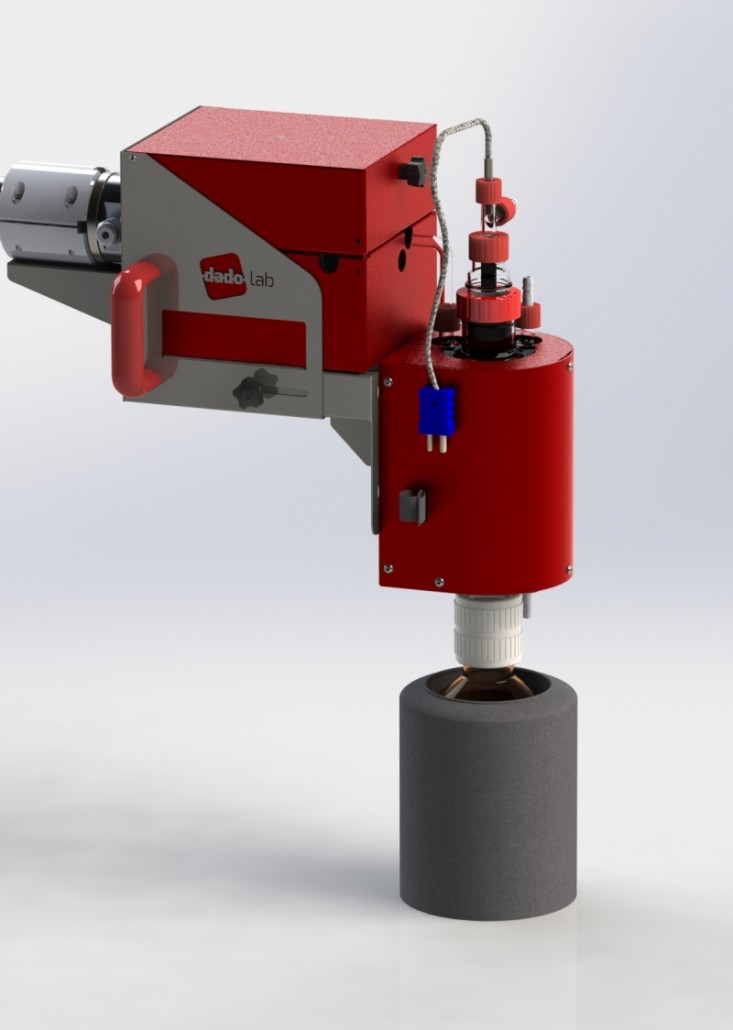
Meets and exceeds the requirements of UNI EN 13284, EN 1948-1, EN 14385, EN 13211and USEPA Method 2, Method 5, Method 17:
-
- PM10 and PM2.5 (ISO23210 VDI2066/10)
- HCl (EN1911, EPA50, EPA51)
- Dust (EN 13 284-1 and EPA5)
- Heavy metals (EN14385 and EPA 60)
- Insitu Velocity and Flow rate determination in accordance with EN 16911-1 and EN 15259
MAIN FEATURES
| Dual operating mode | No anti-freezing required |
| Versatile pollutant sampling | High flowrate recirculation |
| Internal cooling bath for impinger | Metal quick connectors |
| Low weight rugged unit | Built-in digital PID with adjustable set point |
| Ease of access enabling fast and easy routine maintenances | Pleasant and easy to operate |
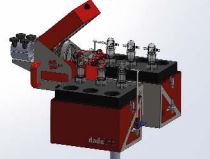
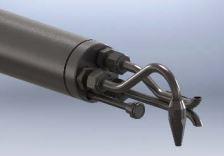
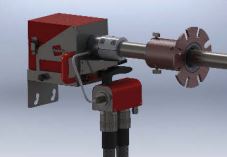
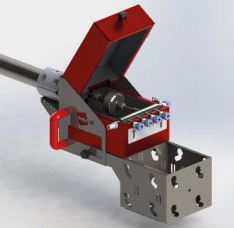
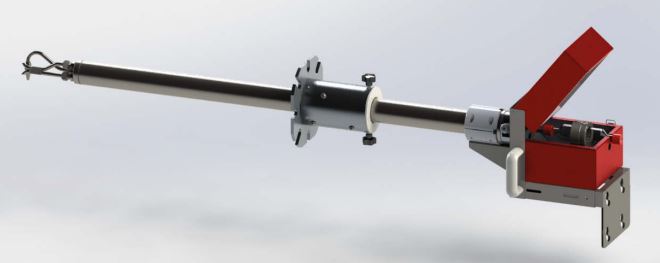
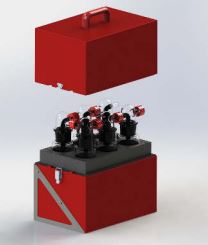
TARGETED POLLUTANTS
POPs – persistent organic pollutants
POPs have been discovered to be the relevant part of emissions to the environment causing health effects, including dioxins (PCCD/F), polychlorinated biphenyls (PCBs), polyaromatic hydrocarbons (PAHs), hexachlorobenzene (HCB) and others. These compounds have a high stability, low volatility and are degraded very slowly. Due to the lipophilic character, an accumulation in the human body takes place.
Fine & Coarse dust
Fine dust is the portion of solids in gases being the focus of concern for pulmonary health effects. ParTrace® cartridges trace the fine dust fraction of general concern, PM10, PM2.5, PM1, and splits them in the respective fractions within one sampling run.
Volatile Organics Compounds
Odour indicator Components

